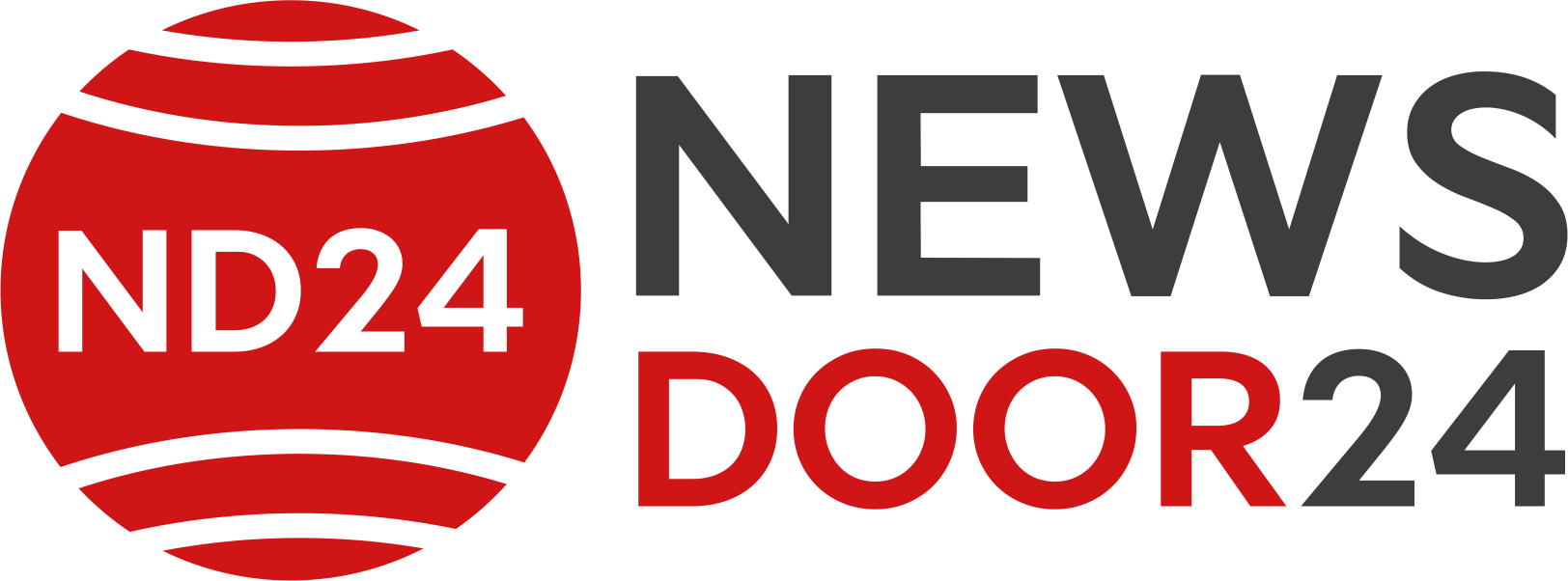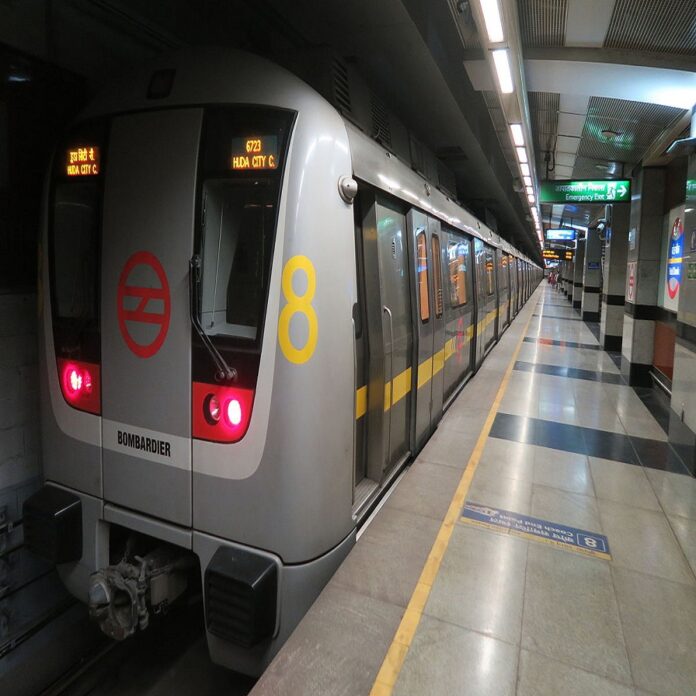New Delhi: On 24 December 2002, the Delhi Metro commenced operations with a small section of track across the Yamuna in northeast Delhi. Seventeen years later, the Delhi Metro network has expanded to 314 km, with 299 stations in Delhi and the National Capital Region.
To celebrate the anniversary, the Delhi Metro Rail Corporation (DMRC) has organized an exhibition, an audio-visual look at the journey so far, a live puppet show, and an instrumental music performance at its headquarters, Metro Bhawan on Barakhamba Road.
On this occasion, News Doo24 brings you 10 lesser-known facts about Delhi Metro.
1. The voices of old Doordarshan news anchor Renee Simon Khanna and Shammi Narang in Hindi are behind the Delhi Metro announcements.
2. The deepest point of Delhi Metro is 45 meters below Rajiv Chowk station.
3. Every year, the Delhi Metro carries 700 million passengers – more than the population of the United States.
4. Meenakshi Sharma, Anjali Minj, and Vibha Kumari were the first women train operators of Delhi Metro. Now, there are many more.
Read More: Citroen C3: This car launched for just 5.71 lakhs, know Full features and details
5. Escalators at metro stations have a ‘Saree Guard’ feature, which prevents sarees from getting tangled in them.
6. Delhi Metro trains always have an even number of coaches – first four and then six and eight. This is because there are two types of coaches – the ‘D’ car which contains the driver’s cabin and pantograph which supplies power from overhead wires, and the ‘M’ or motor car which has three-phase induction motors, which serve the purpose of transmission. Thus, ‘D’ and ‘M’ cars work as a unit, and cannot be used separately.
7. Most of the passengers complain when the lights and AC are turned off at some places in the metro journey. These are actually neutral zones, where the power supply is switched from one substation to another.
8. As an environmental measure, DMRC does rainwater harvesting along the route of Blue Line.
9. There are no dustbins inside metro stations except in a few shops. Despite this, the metro stations remain very clean.
10. UN-certified DMRC as the first metro and rail-based system to receive carbon credits for reducing greenhouse gas emissions. This reduces greenhouse emissions by about 6,24,000 tonnes in Delhi every year.







